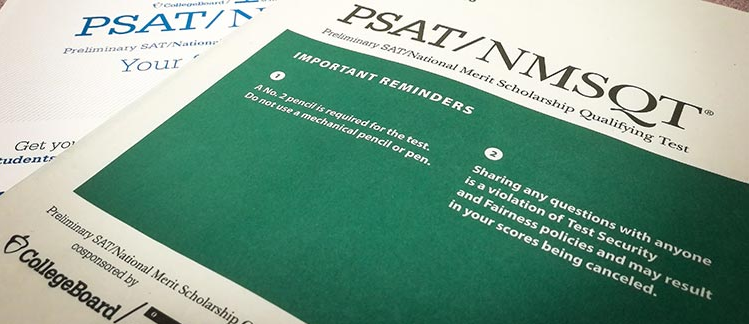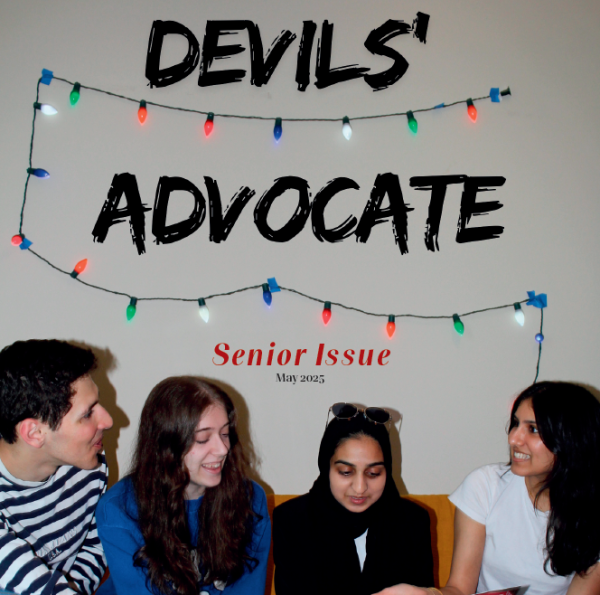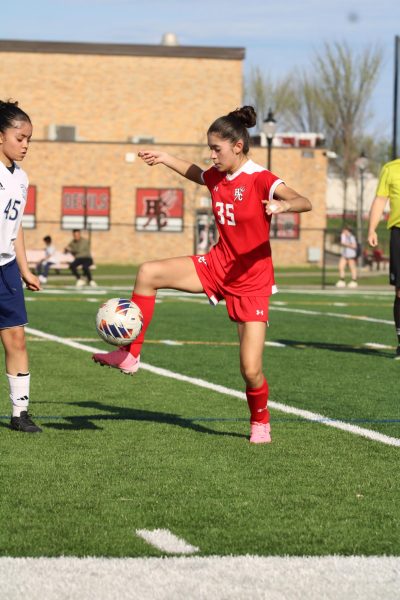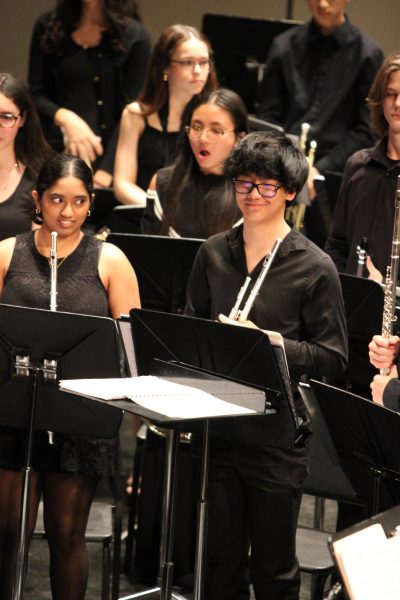PSAT schedule prompts backlash
Juniors were required to take the PSAT/NMSQT on Wednesday, an approximately four-hour standardized test.
On Wednesday, Oct. 16, all juniors took the Preliminary SAT/National Merit Scholarship Qualifying Test (PSAT/NMSQT) in the field house. The test started at 8 a.m. and ended at approximately 12 p.m.
Across the nation, 1.6 million students took this test to qualify for the National Merit Scholarship, which is awarded to the 50,000 highest scorers. Recipients of the scholarship will be released in the fall of 2020.
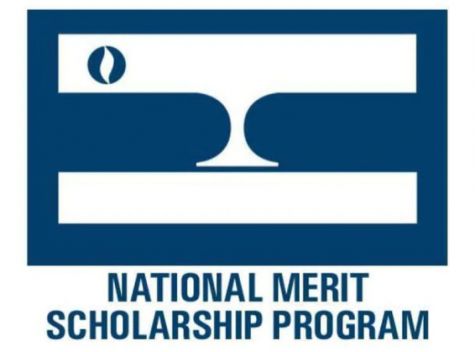
Students completed the PSAT to qualify for the National Merit Scholarship, awarded to high-scoring students.
Following a mentally draining four-hour test, with only two five-minute breaks, it was annoying and unfair that students were required to return to class for the remainder of the school day. Many students were called out of school following the PSAT, not wanting to complete a four-hour test and then sit through three hours of classes.
Although, contrary to the common belief that PSAT days were always half days and that seniors were not required to attend classes on these days, the shortened schedule is not a long-standing tradition. Before the 2016-2017 school year, the PSAT was an optional test on a regular school day where all students were required to attend classes.
During the 2017-2018 school year, all freshman, sophomores, and juniors were required to take the PSAT in the fall and the testing day was thus made a half-day for underclassmen and a non-attendance day for seniors.
Last year, during the 2018-2019 school year, the state mandated that PSAT testing be moved to the spring for freshmen, sophomores, and juniors. Because a half-day was already scheduled before this mandate, the fall 2018 PSAT/NMSQT remained a half-day for students taking the test and a non-attendance day for students not taking the test.
However this year, because the school administration already knew that PSAT testing for underclassmen would be held in the spring, and only juniors would need to complete the test in the fall, the day of the PSAT remained a regular day with no shortened schedule.
“Knowing we were only going to be giving the PSAT to juniors in the fall this school year, we did not include a half-day of school,” said Jennifer Regnier, director of counseling and social work.
Even with this in mind, students were still frustrated over the lack of new curriculum taught on Wednesday. Morning classes with multiple grade levels were not able to be taught new information, because the juniors would be absent from the lesson plan. Additionally, for classes consisting solely of juniors, teachers were not able to teach because their afternoon classes would then be ahead of the morning classes, which the juniors had to miss due to testing. This caused many students to complain of three hours of busy work and non-curriculum based activities.
“I was not a fan of having to return to class after the test,” said Chloe Attlan, junior. “I was tired, not focused, and it was not a productive use of our time.”
Although some seniors were annoyed at the full day of classes when the past two years had been half days, others voiced their indifference at having a regular schedule, as most senior classes were not affected or seniors were given the opportunity to have review days; thus a half day would be unnecessary.
“In most of my classes there was honestly no need for a half-day,” said Stuti Mundata, senior. “I honestly didn’t mind coming to school because it was a review day in most of my classes.”
Still, many juniors held the conviction that the full day was unnecessary and unwarranted. It was also perturbing that juniors only received ten minutes in total break time, and then when they were released, 500 juniors were herded into the already-crowded cafeteria to have a 20-minute lunch.
Looking ahead to next year, juniors should be allowed to leave after the PSAT, even if all other grades have to stay—four hours of standardized testing definitely take their toll, and especially because junior year is arguably the most stressful, juniors should be cut a break.
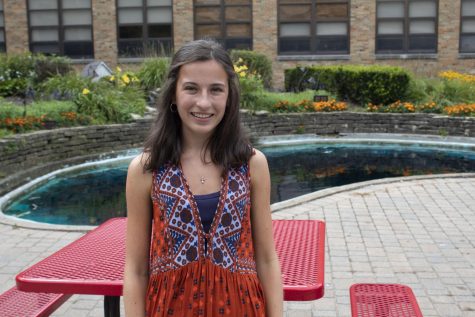
Olivia, a senior, is excited to be apart of the Devils’ Advocate team. She loves playing tennis and lacrosse, and competes in these sports at Central....



